Rising Awareness of Dysphagia Management
There is a notable increase in awareness regarding dysphagia management, which significantly influences the Dysphagia Diet Thickening Agents Market. Healthcare professionals and caregivers are becoming more educated about the implications of swallowing disorders, leading to a heightened demand for effective dietary solutions. This awareness is further supported by initiatives from health organizations that promote the importance of proper nutrition for individuals with dysphagia. As a result, the market is witnessing a surge in the development of innovative thickening agents that cater to diverse dietary needs. The increasing recognition of dysphagia as a serious health concern is likely to drive market growth, as more individuals seek appropriate products to manage their condition.
Technological Innovations in Product Formulation
Technological advancements in product formulation are reshaping the Dysphagia Diet Thickening Agents Market. Innovations in food science have led to the development of new thickening agents that not only enhance texture but also improve taste and nutritional value. For instance, the introduction of natural and organic thickening agents is gaining traction among consumers who prefer healthier options. Market data suggests that the demand for clean-label products is on the rise, prompting manufacturers to invest in research and development. These technological innovations are expected to create a competitive edge for companies, as they strive to meet the evolving preferences of consumers while ensuring compliance with safety regulations.
Aging Population and Increased Dysphagia Prevalence
The aging population is a primary driver for the Dysphagia Diet Thickening Agents Market. As individuals age, the incidence of dysphagia tends to rise, leading to a greater demand for thickening agents that facilitate safe swallowing. Reports indicate that approximately 15-30% of older adults experience some form of swallowing difficulty. This demographic shift necessitates the development and availability of effective thickening agents, which are crucial for maintaining nutritional intake and preventing aspiration. Consequently, the market for dysphagia diet thickening agents is likely to expand as healthcare providers seek to address the needs of this growing population, ensuring that products are both effective and palatable.
Increased Focus on Nutritional Value and Health Benefits
The growing emphasis on nutritional value and health benefits is a significant driver for the Dysphagia Diet Thickening Agents Market. Consumers are increasingly seeking products that not only address swallowing difficulties but also contribute to overall health. This trend has prompted manufacturers to enhance the nutritional profiles of their thickening agents, incorporating vitamins, minerals, and other beneficial ingredients. As healthcare providers advocate for the importance of nutrition in managing dysphagia, the market is likely to see a rise in demand for fortified thickening agents. This focus on health benefits aligns with broader dietary trends, where consumers prioritize functional foods that support their well-being.
Regulatory Support and Guidelines for Dysphagia Management
Regulatory support and guidelines for dysphagia management play a crucial role in shaping the Dysphagia Diet Thickening Agents Market. Various health authorities are establishing standards and recommendations for the safe use of thickening agents, which enhances consumer confidence in these products. Such regulations ensure that manufacturers adhere to quality and safety protocols, thereby fostering a more reliable market environment. The presence of clear guidelines encourages healthcare providers to recommend specific products, further driving demand. As regulatory frameworks continue to evolve, they are likely to influence product development and marketing strategies within the dysphagia diet thickening agents sector.


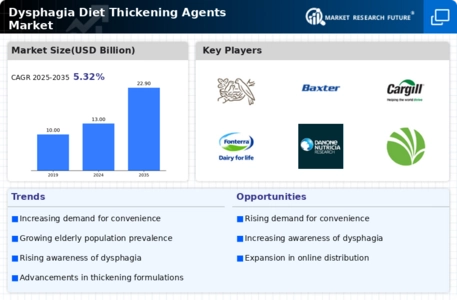
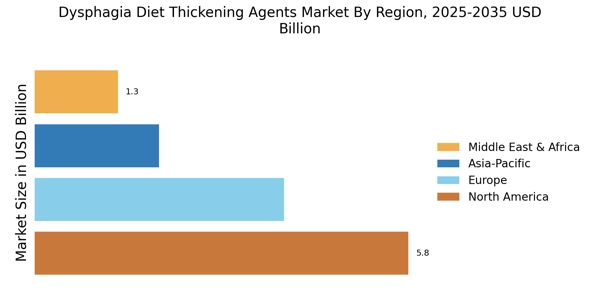

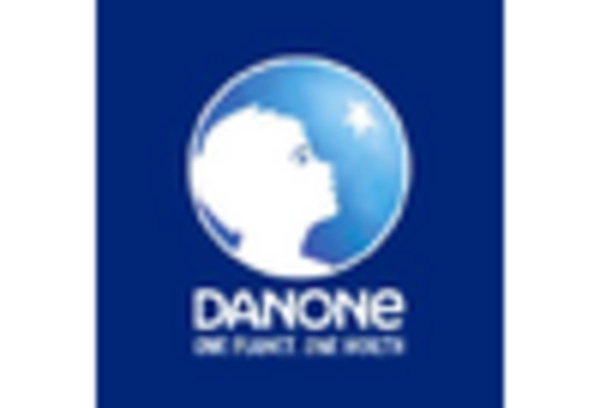
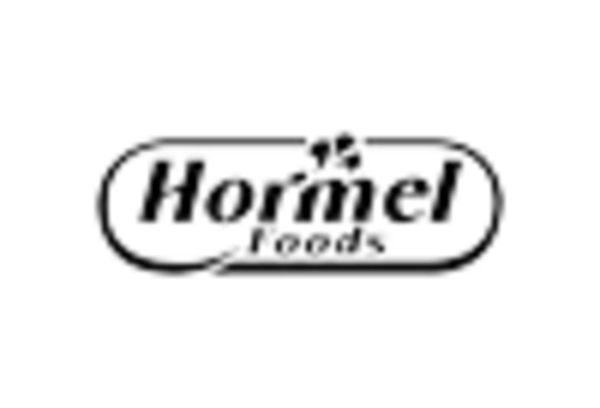
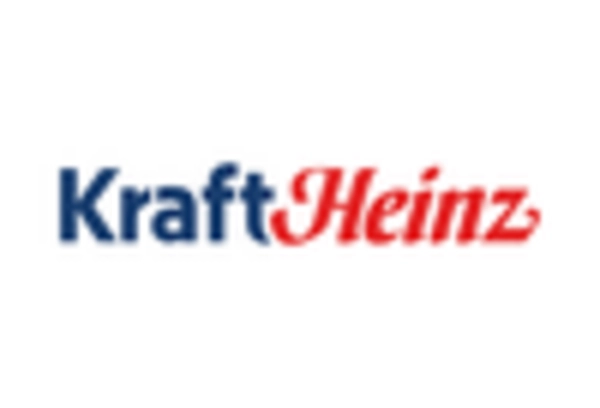
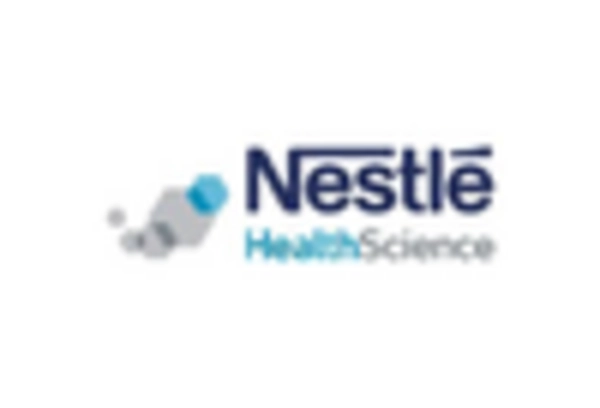
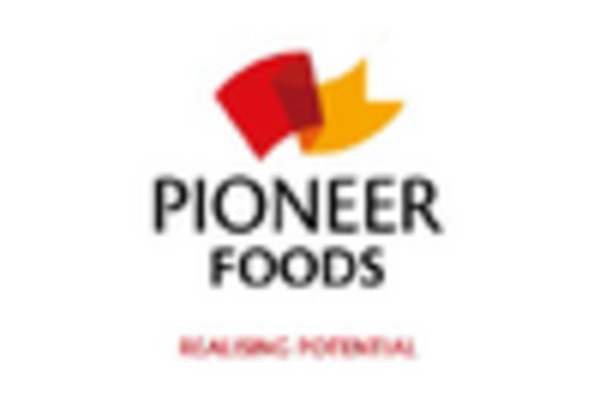








Leave a Comment